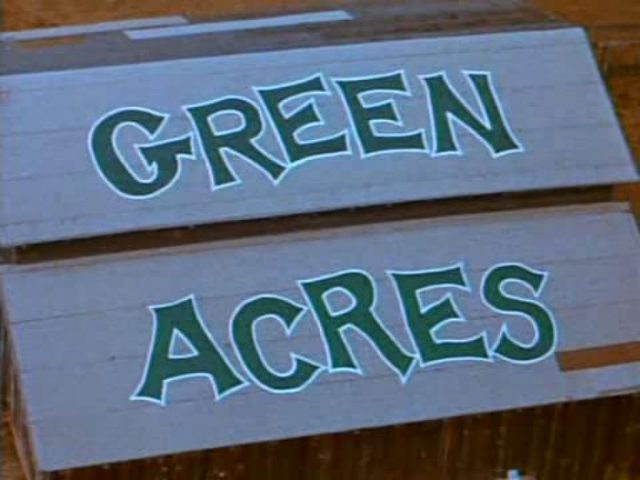Consider this hypothetical. An entrepreneur has a new piece of farm equipment that facilitates harvesting. He goes to a large city in hopes to create a broad network of buyers from all geographical areas. He also markets the product via social media and sponsorship from appropriate websites. Three months goes by—no calls, no emails, no sponsorship offers. Where did he go wrong? He attempted to market appropriately, the product is different from anything on the market, and he went to large scale companies is hopes of sponsorship. Let’s take a closer look at what went wrong with his marketing plan and how to avoid these common mistakes.
The entrepreneur’s first mistake was geographical location for sponsorship. Although his product might have been a great deal for a specific group of buyers, many city-goers and metropolis companies would not find his offer appealing. Because his product would be used for agricultural use, he would have been more successful by seeking local farming and agricultural companies that sponsor new innovations. By planting himself in an area where the product would actually be put to use, the entrepreneur is providing a first-hand experience to the original buyers of a new product and building a network of supporters. Additionally, by exposing the product to the first-hand recipients before pitching it to larger companies for production, the entrepreneur is creating a network of grassroots supporters to validate his product.
The next mistake is where many entrepreneurs improperly allocate their resources for exposing the product. This dilemma is often known simply as “poor marketing”. Although the new product might be exceptionally resourceful, if the appropriate audience is not enlightened to the new innovation, the entrepreneur hits a technological brick wall. In the above example, the entrepreneur attempted to market via social media for a product that would be used in farming or rural areas. Many of these areas have limited access to the web and the primary system of communication is still via word-of-mouth or landlines. Therefore, posting offers on the web will most often not fall on the eyes of the proper consumers. Had the entrepreneur invested time to travel to local businesses and farm owners to expose his product, the response rate would have definitely been more than 0% in a three month time span. Although all entrepreneurships requires some amount of on the ground work to create a successful enterprise, some product pitches require more than others when considering the consumer base.
By now you might be thinking, “I’m not an entrepreneur for farming equipment. How could this ever apply to my start up business?” The core principles for planning a business and marketing a product remains constant across all areas of interest. Whether you’re a farmer looking to sell a new type of tractor or a fashion designer selling a new type of fabric for clothing, the principles for exposure and consideration of outreach does not change. All entrepreneurs must consider the audience in which to market, location of the consumers in relation to the new product, and appropriate contact methods for exposure. To sum up the entire moral of the article is simply to say this—You can’t sell Valentine’s Day candy on the Facebook page of the Christmas Mouse Store.


















